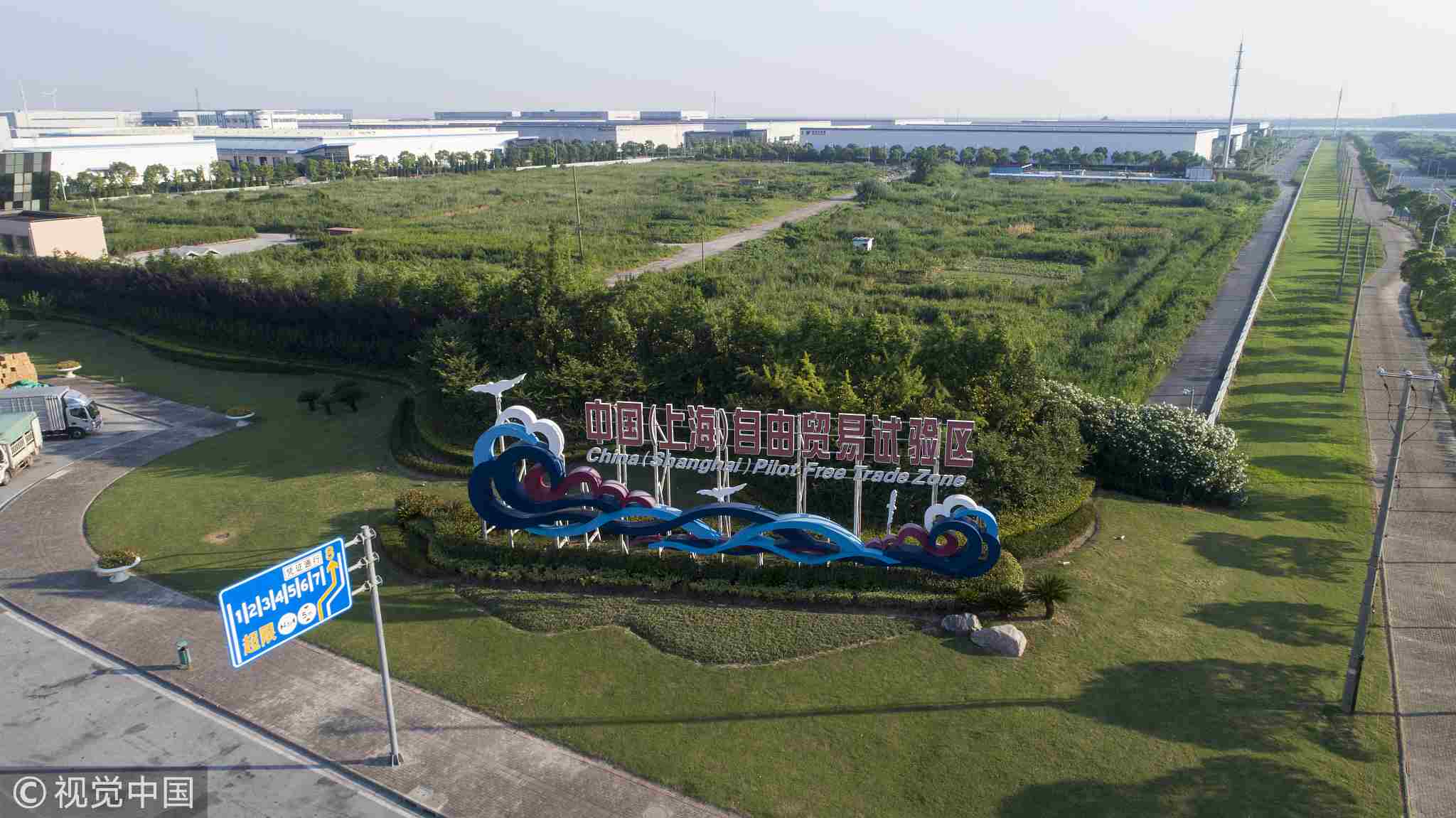
Opinions
20:04, 01-Jul-2018
Opinion: New negative list: China’s positive attitude toward foreign investment
Updated
19:19, 04-Jul-2018
Li Yong

Editor’s note: Li Yong is a current affairs commentator and senior fellow at the China Association of International Trade. The article reflects the author’s opinion, and not necessarily the views of CGTN.
On June 28, 2018, China’s National Development and Reform Commission (NDRC) and the Ministry of Commerce announced China’s latest version of the negative list, whose official name is "Special Administrative Measures on Access to Foreign Investment (Negative List) (2018 Version)”.
The list is an important step forward towards investment liberalization and a sign of China’s determination to further open up. It has a special significance in comparison with the upcoming the US investment restrictions, and is a demonstration of China’s commitments to fulfill its promises for a more open and freer environment for foreign investment.

Chinese President Xi Jinping holds discussions with representatives of entrepreneurs from home and abroad, who gathered for the annual conference of the Boao Forum for Asia (BFA) in Boao, south China's Hainan Province, April 11, 2018. /Xinhua
Chinese President Xi Jinping holds discussions with representatives of entrepreneurs from home and abroad, who gathered for the annual conference of the Boao Forum for Asia (BFA) in Boao, south China's Hainan Province, April 11, 2018. /Xinhua
Issuing a “negative list” has been a prevailing international practice of foreign investment management. A negative list normally defines areas where foreign investments are off-limits, and sectors that are not included in the list are open to foreign investors. It is an indicator of a country’s openness toward incoming investment from foreign countries and the shorter the list, the more open the host country is toward foreign investment.
China has issued several versions of the “negative list.” The first one debuted in 2013, when China’s first Pilot Free-Trade Zone, the Shanghai Pilot FTZ, made the first attempt to regulate foreign investment by way of “negative list”. The number of items subject to “negative list management”, or the length of the negative list, has since been a topic of debate. While there were complaints about the list being “too long,” the efforts to shorten the list have not stopped.
The new negative list as released on June 28 has once again reflected the efforts to shorten it, with 48 items remaining on the list, a cut of 15 from 63 in the 2017 version, further reducing the scope of foreign investments that need approval.
It provides an outline of the sectors in primary, secondary and tertiary industries with 22 opening-up measures that cover finance, transportation, professional services, infrastructure, energy, resources, and agriculture, and full access to these sectors will be granted from July 28,when the new list takes effect.
Under the new negative list, special requirements such as equity shares and high-ranking executives are all explicitly defined in a uniform and transparent manner. For example, China will allow a 51-percent foreign ownership of brokerages, futures dealers and life insurers, and remove the cap entirely by 2021. Current rules limiting a single foreign financial institution's stake in a Chinese commercial bank to 20 percent will also be abolished on July 28.

China (Shanghai) Pilot Free-Trade Zone/VCG Photo
China (Shanghai) Pilot Free-Trade Zone/VCG Photo
The release of the negative list is for the benefit of the Chinese economy, industries, and consumers and on China’s own needs. It is part of China’s continued effort to further reform the economy as needed to ensure high-quality growth. The opening-up of the service sector, for example, would inject fresh elements of competition to improve the industry’s efficiency. The sector still needs improvements in its level of development, market mechanism, and supply.
The negative list means a positive business environment. With the negative list management approach, pre-establishment national treatment is ensured for foreign investments that fall outside the negative list, and no restrictions that discriminate against foreign or domestic investments will be tolerated. They are equal.
It is expected that the new open-up measures will further deepen China’s investment cooperation with other countries and regions, and facilitate capital flows that will bring about more extensive exchange technology, management, and talents.

Press Conference on 2018 China(Hainan) Pilot Free Trade Zone 100-Day Investment (Project) Promotion Campaign and Policies of Promoting Headquarters Economy. /VCG Photo
Press Conference on 2018 China(Hainan) Pilot Free Trade Zone 100-Day Investment (Project) Promotion Campaign and Policies of Promoting Headquarters Economy. /VCG Photo
There should be no mistake that the promulgation of the new negative list is out of China’s own interest and in accordance with its own pace of reforms and opening-up. It has nothing to do with any so-called external pressure.
It is still a question, though, whether the new opening-up measures would apply to those who exercise protectionist measures against global trade and investment flows.

SITEMAP
Copyright © 2018 CGTN. Beijing ICP prepared NO.16065310-3
Copyright © 2018 CGTN. Beijing ICP prepared NO.16065310-3